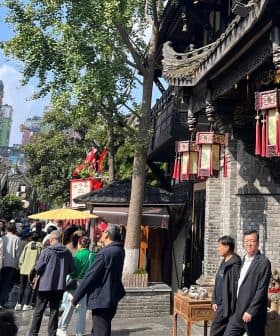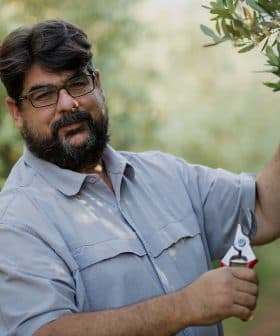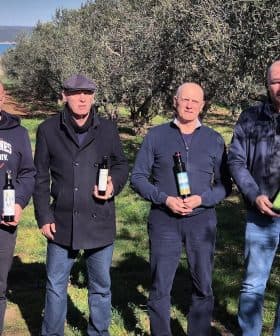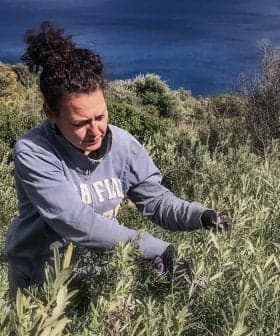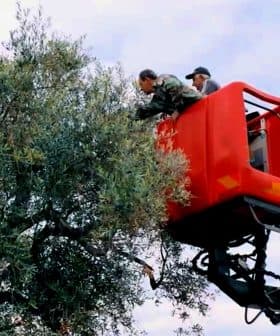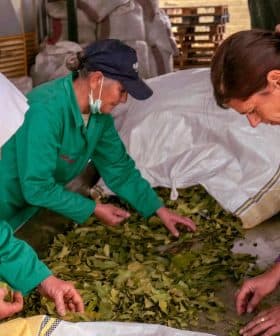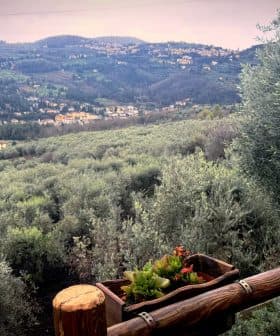Olive Oil Production In Uruguay Set to Rebound
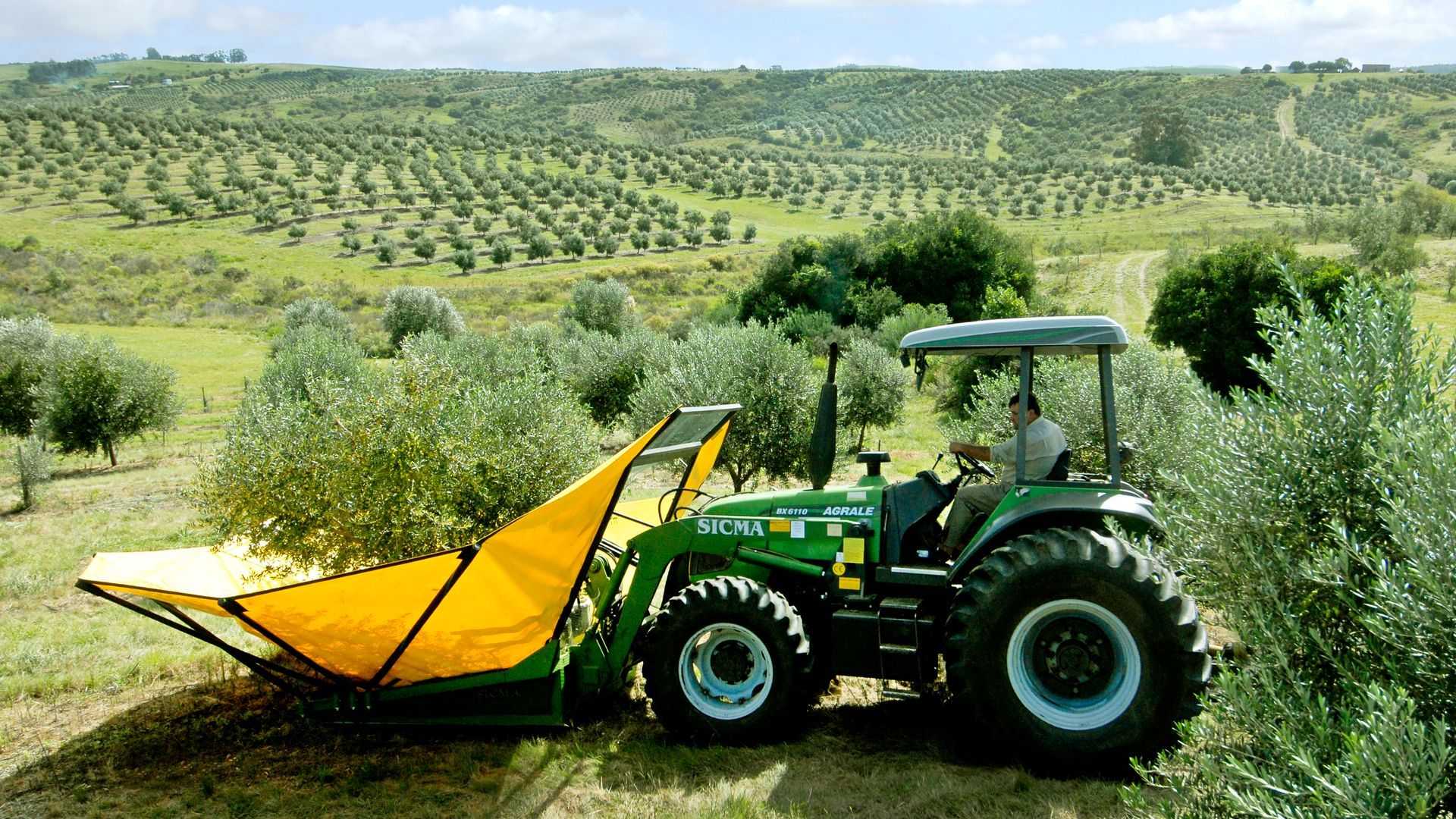
After a poor harvest in 2020 due to weather conditions, Uruguay is expected to see production bounce back in 2021, with preliminary estimates suggesting the country could have its second-highest production total ever. Producers reported excellent quality levels, but challenges remain in finding consumers to purchase extra virgin olive oils, exacerbated by the Covid-19 pandemic.
After Uruguay recorded one of its worst-ever harvests in 2020, production is expected to bounce back in 2021.
A combination of many producers entering an off-year in the olive tree’s alternate bearing cycle and springtime frosts during the flowering season followed by an exceptionally dry summer caused production to slump to just 295 tons in the 2019/20 crop year.
We bet heavily on the early harvest, which has been excellent. We prefer to sacrifice quantity for quality and are convinced that this is the way.
This year, the weather was more favorable, and many producers entered an on-year. With the vast majority of producers finishing their harvests in late June, preliminary estimates suggest Uruguay could have its second-highest production total ever.
“Luckily, this year, the production was a lot better than in 2020,” Martin Robaina, the president of the Uruguayan Olive Association (Asolur) and producer at Lote8, told Olive Oil Times. “It was not as good as that of 2019, where we had our record harvest of 2,500 tons, but we will be close.”
Based on preliminary estimates and conversations with producers, Robaina estimated production will reach 1,900 tons of olive oil.
Along with a higher yield of olives, producers from around the country reported excellent quality levels. According to Robaina, the overwhelming majority of Uruguayan olive oil production is graded as “extra virgin.”
“The harvest has been very good in Uruguay,” Gonzalo Aguirre, the co-owner of Olivares de Santa Laura, told Olive Oil Times. “We bet heavily on the early harvest, which has been excellent. We prefer to sacrifice quantity for quality and are convinced that this is the way.”
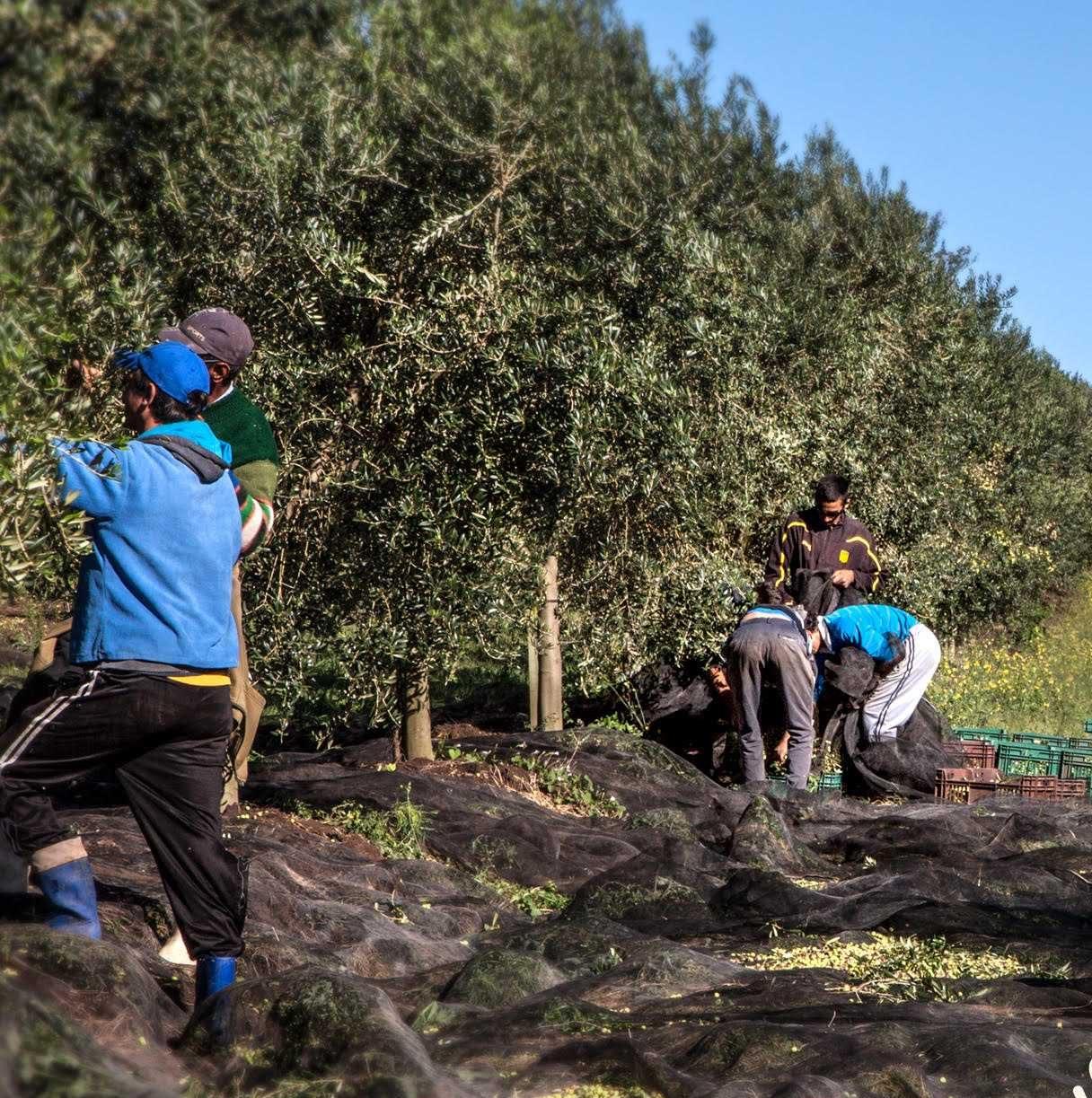
Photo: Gonzalo Aguirre
However, the producer, who is based in the northeastern province of Cerro Largo, added that one of the main challenges he faces is finding consumers to purchase his extra virgin olive oils. This has been exacerbated by the Covid-19 pandemic, which led to the closure of the borders in 2020 and dramatically decreased tourism.
“Consumption of olive oil was affected in part by the closure or reduction of capacity in restaurants and hotels,” he said. “At the same time consumption in families increased considerably, people had more time to cook at home.”
According to Robaina, educating consumers about the health benefits and organoleptic properties of extra virgin olive oil is one of the main challenges facing the entire sector.
“We have to continue trying to educate Uruguayan consumers so that they know how to recognize what a good extra virgin olive oil is and opt for extra virgin oils from Uruguay,” he said.
On the opposite end of the country from Olivares de Santa Laura, the producers behind O’33 told Olive Oil Times that they too had enjoyed a fruitful harvest.
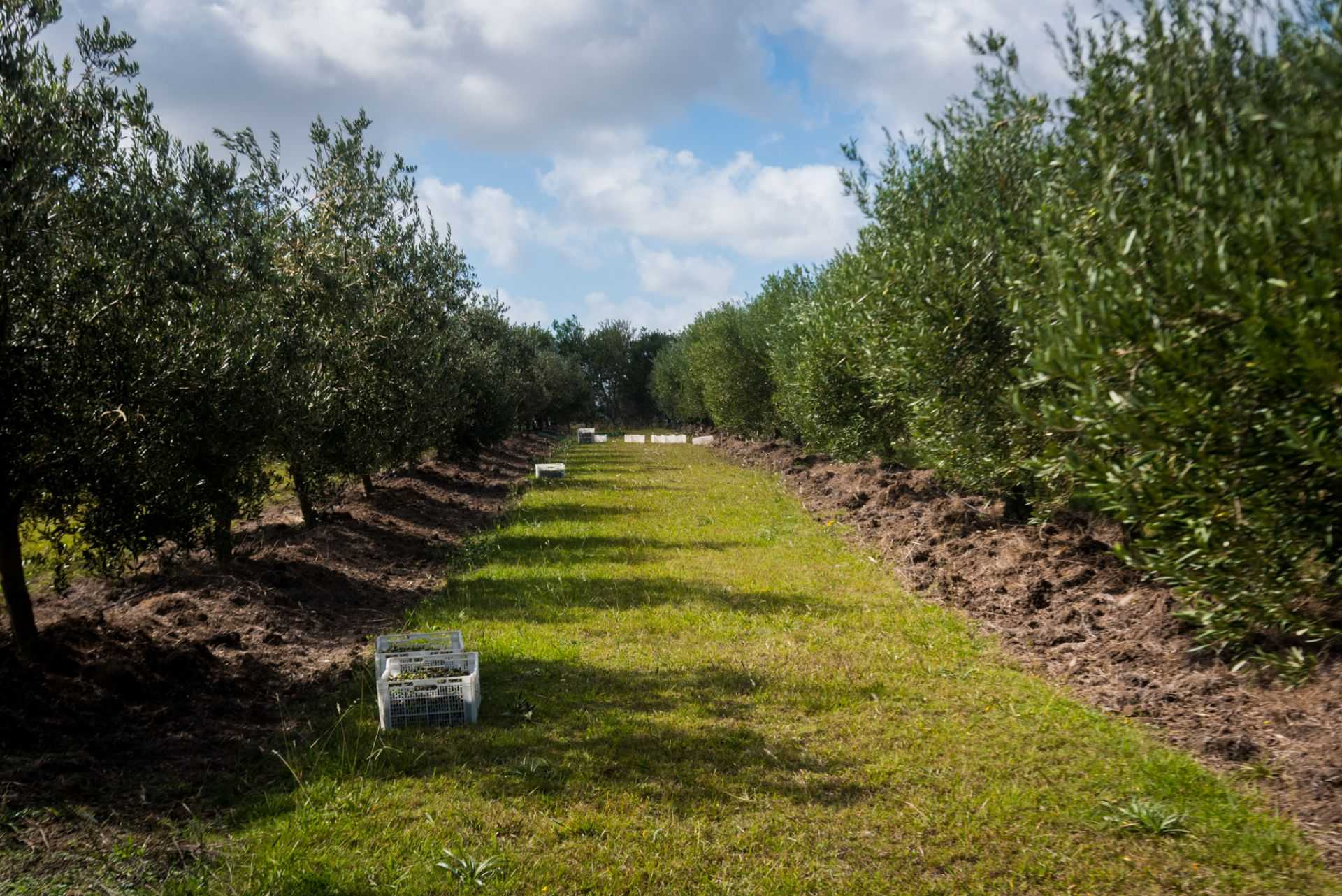
Photo: Natalia Welker
“It was a long harvest,” Natalia Welker, the company owner, told Olive Oil Times. “2021 was a harvest with a lot of fruit… Regarding the quality, it is excellent.”
While rural areas of Uruguay have been much less directly affected by the pandemic, Welker said that the company had complied with all protocols and successfully managed the harvest without significant incidents.
However, she said that difficulty importing goods – which has been exacerbated by the pandemic globally – is one of the main challenges facing her business.
“We import supplies such as bottles and caps, and suppliers take a long time to meet our needs,” she said.
Just up the road from O’33, the producers behind Agroland S.A., which bottles its olive oil under the Colinas de Garzón brand and earned a Gold Award at the 2021 NYIOOC World Olive Oil Competition, also reported an excellent harvest.
“It was a very good year, not a record like 2019, but a very good one,” Víctor Rodríguez, the company’s olive oil production manager, told Olive Oil Times.
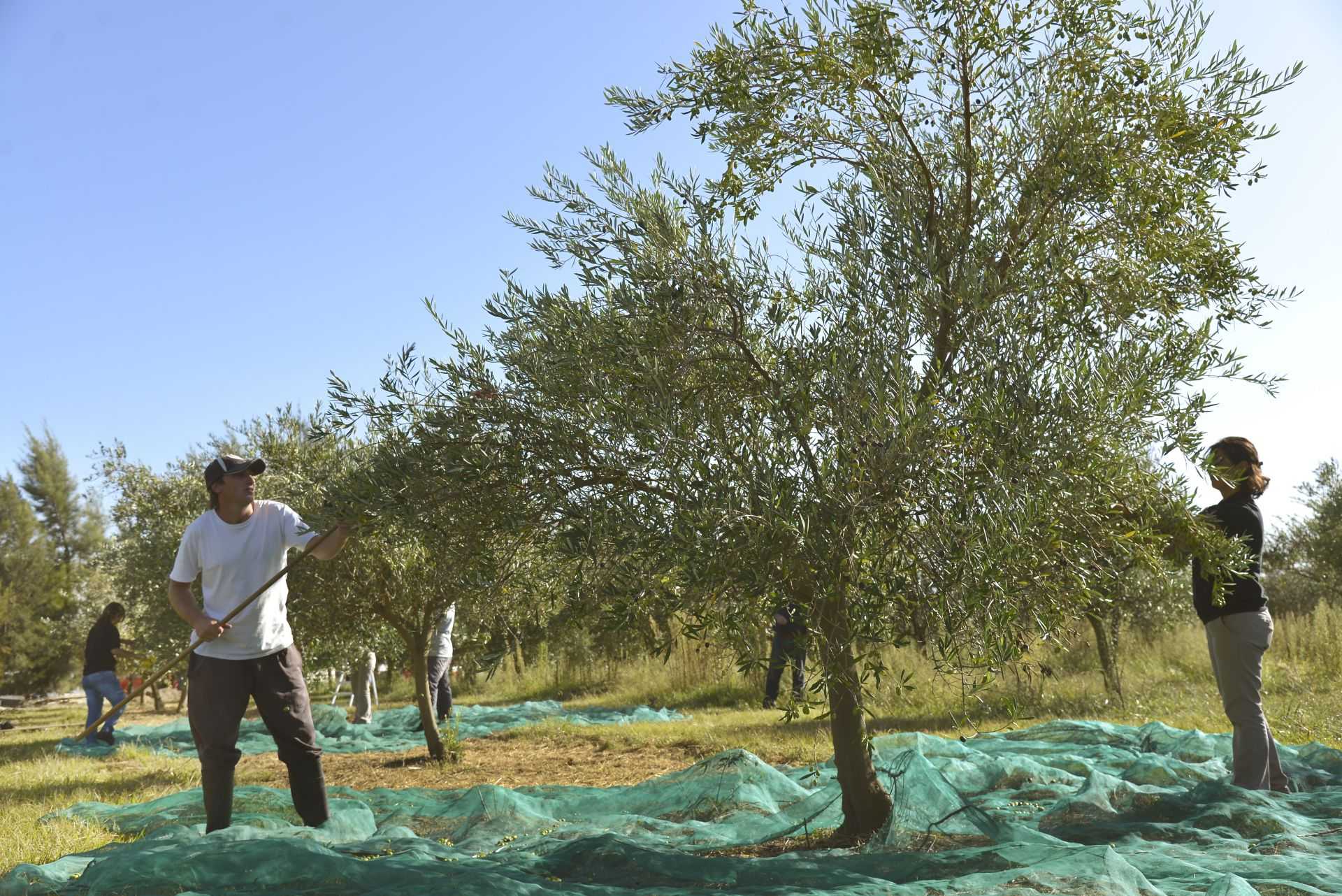
Photo: Asolur
Just like the other producer, the Covid-19 pandemic created plenty of stress for Rodríguez and his team but did not lead to any interruptions to the harvest. However, for the agronomist behind Uruguay’s second-largest producer, the country’s humid weather remains the biggest challenge.
“The other great challenge that we face year after year is the climate of Uruguay, which is very humid,” he said. “This means that we are always monitoring the health of our plants. In addition to this, we opt for an early harvest, for two reasons, one for health and the other for the quality of our products.”
All the producers interviewed for this article said that they expect production to decrease once again in 2022 as a result of producers once again entering an off-year.
Robaina said one of the main projects of Asolur is to mitigate the impacts of this natural phenomenon on the trees and have Uruguayan producers achieve more consistent harvests year in and year out.
“We are trying to investigate and to be able to have field management that means that we do not have those differences in production because that, of course, makes the activity difficult to sustain,” he said. “The idea is to try to reduce this phenomenon so that the producer has fruit to harvest every year.”


